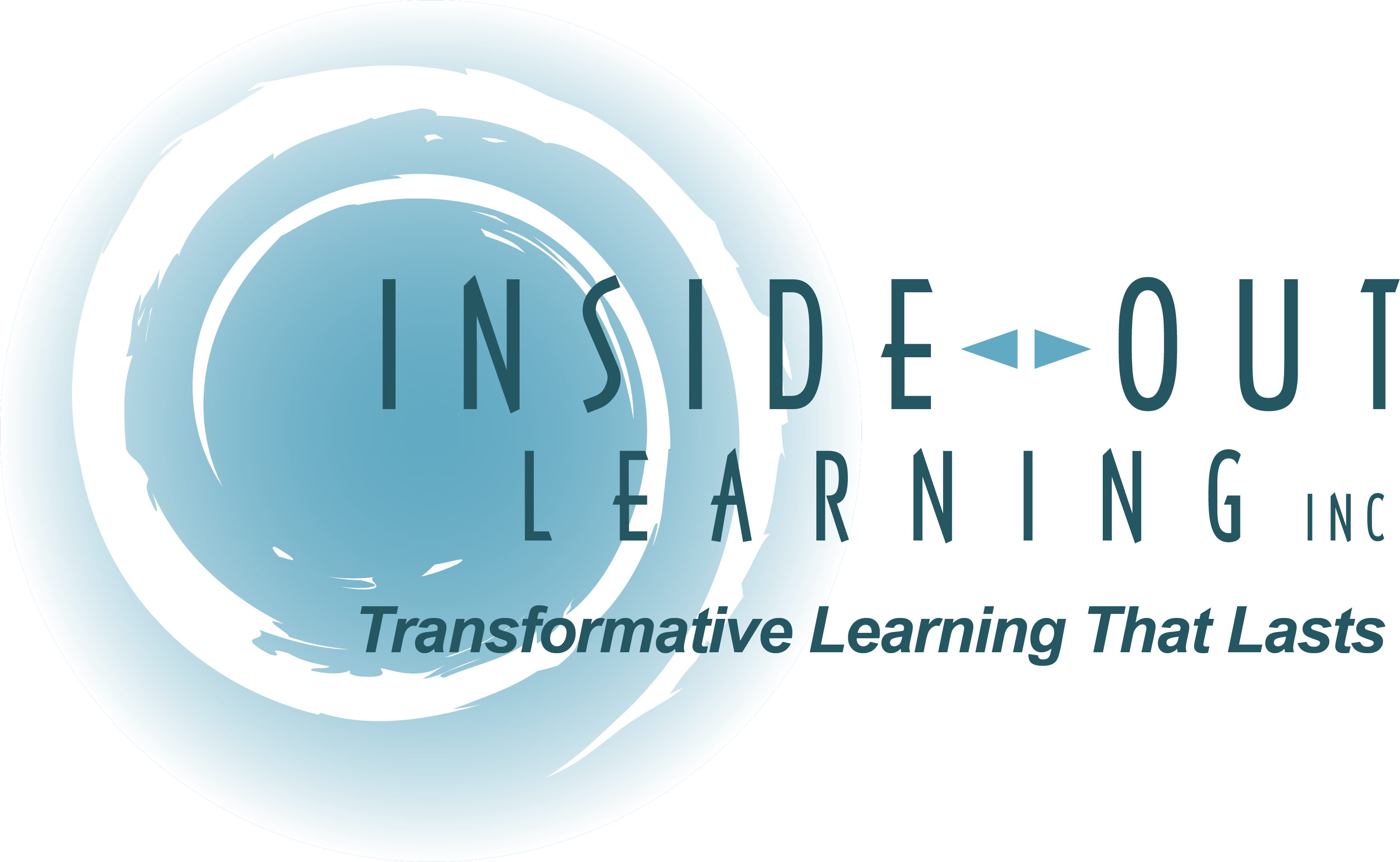It’s Time to Move the Needle to Make Workplace Diversity Meaningful – CEOWORLD magazine
*Forwarded from Feedly*
It’s Time to Move the Needle to Make Workplace Diversity Meaningful – CEOWORLD magazine
No matter how much organizations say inclusion matters or diversity counts, leadership in America looks the same as it did a century ago. We’re stuck on workplace equity.
While it’s hard to compile corporate diversity numbers, in those Fortune 500 companies that do, less than 4 percent of their workforce is racially and ethnically diverse.
A recent study of 279 companies found that White workers occupied 86 percent of C-suite positions. It also showed a sharp drop-off in diversity from entry level to management positions.
Why is it that when colleges and universities graduate thousands of minority students, they never seem to find any room at the top of their organizations? This reality leaves a gaping hole in diverse thinking and decision-making within organizations and in society overall.
When leadership isn’t representative of clients, customers and communities, incidents of racial and ethnic gaffes slip out and create public relations calamities that can be hard to erase. Most can recall the episode of a Starbucks employee calling police on two Black men harmlessly sitting at a table. Or the Alaska Airlines employee who set off the emergency alarm in the Newark Airport and caused hundreds of people to run for the exits because she thought two East Asian travelers were acting suspiciously. The list of such incidents is long.
When an organizational team is predominantly White, and decision makers are predominantly male and educated in ways that don’t include the experience of marginalized communities, these incidents will continue.
Differences among people can create awkwardness and friction, but that’s precisely the reason why equity in the workplace matters — the need to diffuse tension leads to better group awareness and problem solving. It’s easy to create a homogeneous group of people who think similarly, enjoy similar things and don’t make each other uncomfortable. But it doesn’t make them better performers or better problem solvers, and it does mean the organization will perform worse than its peers who embrace that discomfort.
It’s time to make the workplace both fair and welcoming to those who have historically faced discrimination for any one aspect of their identity.
Embrace these strategies to truly move the needle and make workplace diversity and equity meaningful:
- Start from the top.
Organizational change must come from the people who have the clout to bring others on board and the resources to make change happen. Transform the approach from “That’s how we’ve always done it” to “This is how we change it.” Publicly acknowledge the inclusion journey that you and your organization are on, and commit yourself to staying on that course. - Be specific.
Much of the challenge with diversity is that organizations remain non-specific in their efforts — often deliberately, because it’s harder to be specific. They speak as if every marginalized professional encounters the same challenges. It’s comfortable to keep efforts broad, and much more uncomfortable to be specific. Saying that “diversity matters” without getting specific about what diversity matters and why, runs the risk of being stuck with initiatives that end up doing nothing to move the needle on any meaningful progress and make it apparent to the minorities and the majority in workplaces that diversity is lip service again. - Provide real equity.
Inclusion is your destination. Equity is how you get there. To make progress, work to dismantle systems of inequality and oppression that prevent marginalized employees from success, and give people the resources they need in order to succeed. Consistently work at identifying racism in every system, every structure, every policy and every practice in your organization, and ensure that power is redistributed equally and equitably. Tie compensation to meeting equity goals. - Eliminate excuses.
Companies make all sorts of excuses for lack of progress toward diversity: “There aren’t enough qualified people;” “We don’t have the time to train them;” “They didn’t really fit in here.” These rationalizations avoid putting in the hard, self-reflective and often painful work of diversity, equity and inclusion. It’s time to top hiring, staffing and promoting people just because you believe they’re the “right fit.” The right fit feeds — even if unknowingly — into systemic racial biases. - Center inclusion on people.
Start by treating everyone with respect. Make respect actionable, not just aspirational. If someone tells you, “I don’t feel welcome at this organization event,” your response shouldn’t be, “Well, that’s not true at all.” Instead, say, “Tell me more. Why do you think that?” — and, more important, “What can we do to change it?” Ensure marginalized employees find community in your organization, including sponsors or colleagues willing to advocate for, promote and defend them.
We live in a country where we can no longer look away from the inequity created and amplified by racism. We must learn to understand how we’ve contributed to that inequity, and how to commit ourselves to the work of change.
Commentary by Michelle Silverthorn. Here’s what you’ve missed?
Countries With The Highest Life Expectancy.
World’s Most (And Least) Religious Countries.
World’s Best Countries For Investment In Travel And Tourism Sector.
via organizational change “https://ift.tt/39CuAcx”
September 4, 2020 at 10:38AM
